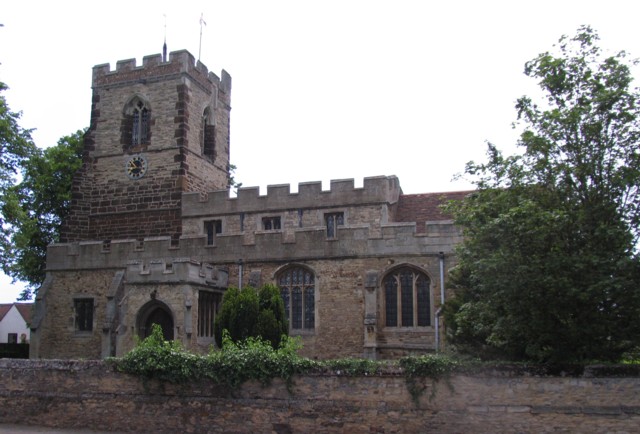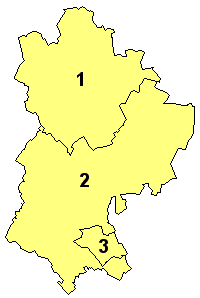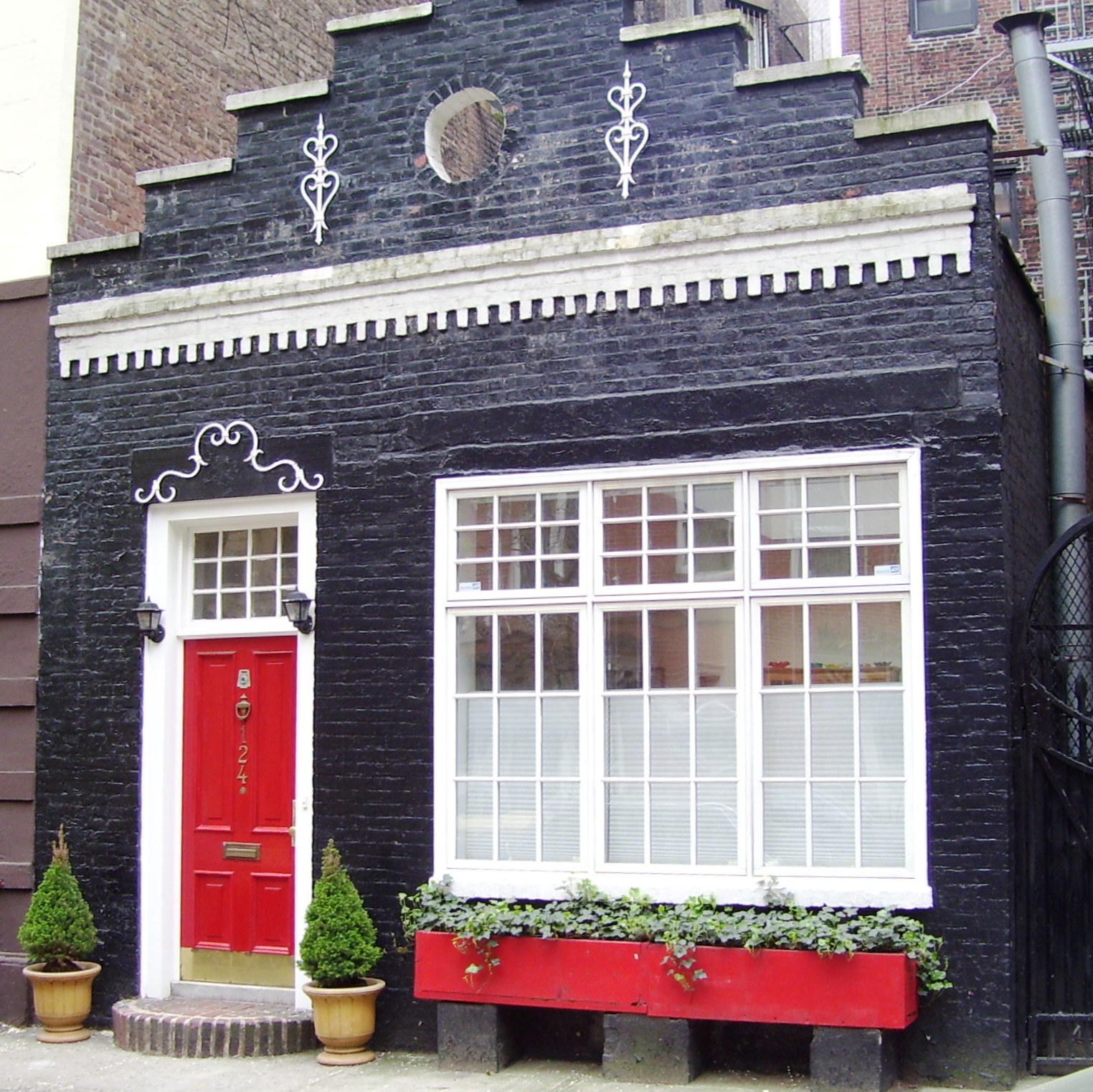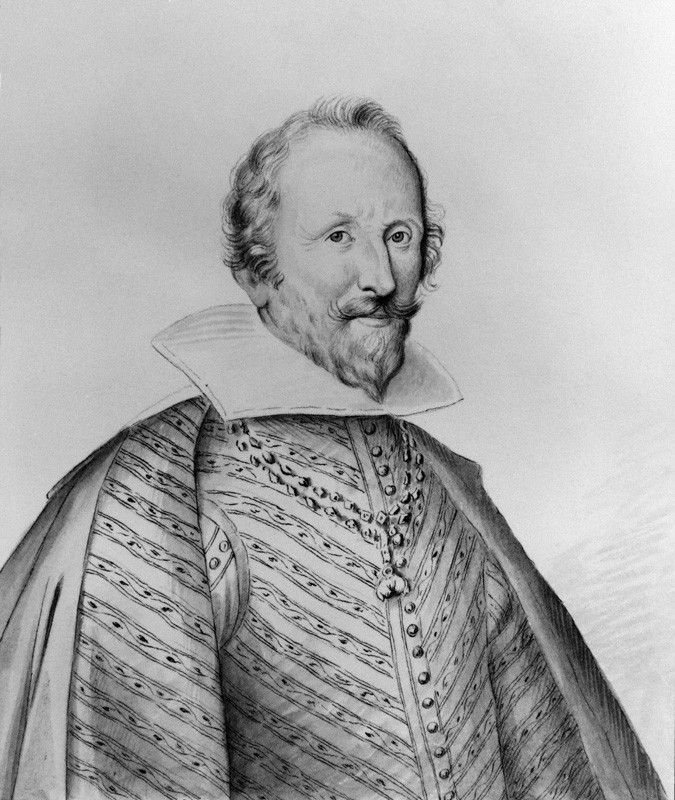|
Cople
Cople is a village and civil parish in the English county of Bedfordshire. The name Cople is derived from the phrase ''Cock Pool'', a place where chickens were kept, that was mentioned in the Domesday Book. History Cople is part of the ancient hundred of Wixamtree. The centre of Cople is dominated by All Saints Church, originally built soon after 1087 by the de Beauchamp family and which later became part of Chicksands Priory. The list of Vicars maintained by the church dates back to 1237. All Saints Church was rebuilt in the 15th century, some parts of it a little earlier, by the families who owned the local manors. The church was extended in the first part of the 16th century. A toll house stands at the junction with the A603 ( Bedford to Sandy Sandy may refer to: People and fictional characters *Sandy (given name), including a list of people and fictional characters * Sandy (surname), a list of people *Sandy (singer), Brazilian singer and actress Sandy Leah L ... [...More Info...] [...Related Items...] OR: [Wikipedia] [Google] [Baidu] |
Nicholas Spencer
Colonel Nicholas Spencer, Jr. (1633–1689) was a merchant, planter and politician in colonial Virginia. Born in Cople, Bedfordshire, Spencer migrated to the Westmoreland County, Virginia, where he became a planter and which he represented in the Virginia House of Burgesses. Spencer later served as Secretary and President of the Council of the Virginia Colony, and on the departure of his cousin Thomas Colepeper, 2nd Baron Colepeper in 1683, was named Acting Governor (1683–84), in which capacity Spencer served until the arrival of Governor Lord Howard of Effingham. Spencer's role as agent for the Culpepers helped him and his cousin Lt. Col. John Washington, ancestor of George Washington, secure the patent for their joint land grant of the Mount Vernon estate. Early life and migration to Virginia Nicholas Spencer was born to an aristocratic English family long seated at Cople, Bedfordshire. The family was related to the Spencer family of Northamptonshire, with who ... [...More Info...] [...Related Items...] OR: [Wikipedia] [Google] [Baidu] |
Church Of All Saints, Cople
Church of All Saints is a Grade I listed church in Cople, Bedfordshire, England. It became a listed building on 13 July 1964. The church, dedicated to All Saints, is constructed of sandstone and Dunstable clunch, in the Early English Period and Perpendicular styles. It contains a chancel with side chapels, nave with clerestory In architecture, a clerestory ( ; , also clearstory, clearstorey, or overstorey) is a high section of wall that contains windows above eye level. Its purpose is to admit light, fresh air, or both. Historically, ''clerestory'' denoted an upper ..., aisles, south porch and a tower containing 5 bells. On the north side of the chancel, there is a marble altar tomb. The nave and chancel have been restored since 1877. The register dates from the year 1560. Its patron was Christ Church, Oxford. See also * Grade I listed buildings in Bedfordshire References * ''This article includes text incorporated from E.R. Kelly's "Kelly's directory of Bedfordshi ... [...More Info...] [...Related Items...] OR: [Wikipedia] [Google] [Baidu] |
Civil Parishes In Bedfordshire
A civil parish is a country subdivision, forming the lowest unit of local government in England. There are 125 civil parishes in the ceremonial county of Bedfordshire, most of the county being parished: Luton is completely unparished; Central Bedfordshire is entirely parished. At the 2001 census, there were 312,301 people living in the 125 parishes, which accounted for 55.2 per cent of the county's population. History Parishes arose from Church of England divisions, and were originally purely ecclesiastical divisions. Over time they acquired civil administration powers.Angus Winchester, 2000, ''Discovering Parish Boundaries''. Shire Publications. Princes Risborough, 96 pages The Highways Act 1555 made parishes responsible for the upkeep of roads. Every adult inhabitant of the parish was obliged to work four days a year on the roads, providing their own tools, carts and horses; the work was overseen by an unpaid local appointee, the ''Surveyor of Highways''. The poor were loo ... [...More Info...] [...Related Items...] OR: [Wikipedia] [Google] [Baidu] |
Wixamtree
Wixamtree is an ancient hundred located in Bedfordshire, England. Wixamtree was one of the hundreds of Bedfordshire, with its council being the primary form of local government in its area from the Anglo-Saxon times to the nineteenth century. Parishes The hundred contained the following parishes: Blunham, Cardington, Cople, Northill, Southill, Old Warden, Willington See also * Hundreds of Bedfordshire * Wixams new town New is an adjective referring to something recently made, discovered, or created. New or NEW may refer to: Music * New, singer of K-pop group The Boyz Albums and EPs * ''New'' (album), by Paul McCartney, 2013 * ''New'' (EP), by Regurgitator ..., named after the ancient hundred (though not located in it) References External links * Hundreds of Bedfordshire {{Bedfordshire-geo-stub ... [...More Info...] [...Related Items...] OR: [Wikipedia] [Google] [Baidu] |
Borough Of Bedford
The Borough of Bedford is a unitary authority area with borough status in the ceremonial county of Bedfordshire, England. Its council is based in Bedford, its namesake and principal settlement, which is the county town of Bedfordshire. The borough contains one large urban area, the 71st largest in the United Kingdom that comprises Bedford and the adjacent town of Kempston, surrounded by a rural area with many villages. 75% of the borough's population live in the Bedford Urban Area and the five large villages which surround it, which makes up slightly less than 6% of the total land area of the Borough. The borough is also the location of the Wixams new town development, which received its first residents in 2009. Formation The ancient borough of Bedford was a borough by prescription, with its original date of incorporation unknown. The earliest surviving charter was issued c. 1166 by Henry II, confirming to the borough the liberties and customs which it had held in the reig ... [...More Info...] [...Related Items...] OR: [Wikipedia] [Google] [Baidu] |
Domesday Book
Domesday Book () – the Middle English spelling of "Doomsday Book" – is a manuscript record of the "Great Survey" of much of England and parts of Wales completed in 1086 by order of King William I, known as William the Conqueror. The manuscript was originally known by the Latin name ''Liber de Wintonia'', meaning "Book of Winchester", where it was originally kept in the royal treasury. The '' Anglo-Saxon Chronicle'' states that in 1085 the king sent his agents to survey every shire in England, to list his holdings and dues owed to him. Written in Medieval Latin, it was highly abbreviated and included some vernacular native terms without Latin equivalents. The survey's main purpose was to record the annual value of every piece of landed property to its lord, and the resources in land, manpower, and livestock from which the value derived. The name "Domesday Book" came into use in the 12th century. Richard FitzNeal wrote in the '' Dialogus de Scaccario'' ( 1179) that the bo ... [...More Info...] [...Related Items...] OR: [Wikipedia] [Google] [Baidu] |
Carriage House
A carriage house, also called a remise or coach house, is an outbuilding which was originally built to house horse-drawn carriages and the related tack. In Great Britain the farm building was called a cart shed. These typically were open fronted, single story buildings, with the roof supported by regularly spaced pillars. They often face away from the farmyard and may be found close to the stables and roadways, giving direct access to the fields. Current usages In modern usage, the term "carriage house" has taken on several additional, somewhat overlapping meanings: * Buildings that were originally true carriage houses that have been converted to other uses such as secondary suites, apartments, guest houses, automobile garages, offices, workshops, retail shops, bars, restaurants, or storage buildings. * Purpose-built secondary homes, also called accessory dwelling units or detached dwelling units, on the same lot as a primary residence. They have completely separat ... [...More Info...] [...Related Items...] OR: [Wikipedia] [Google] [Baidu] |
Villages In Bedfordshire
A village is a clustered human settlement or community, larger than a hamlet but smaller than a town (although the word is often used to describe both hamlets and smaller towns), with a population typically ranging from a few hundred to a few thousand. Though villages are often located in rural areas, the term urban village is also applied to certain urban neighborhoods. Villages are normally permanent, with fixed dwellings; however, transient villages can occur. Further, the dwellings of a village are fairly close to one another, not scattered broadly over the landscape, as a dispersed settlement. In the past, villages were a usual form of community for societies that practice subsistence agriculture, and also for some non-agricultural societies. In Great Britain, a hamlet earned the right to be called a village when it built a church. [...More Info...] [...Related Items...] OR: [Wikipedia] [Google] [Baidu] |
North East Bedfordshire (UK Parliament Constituency)
North East Bedfordshire is a constituency represented in the House of Commons of the Parliament of the United Kingdom since 2019 by Richard Fuller, of the Conservative Party. Constituency profile This is a mainly rural, professional area, with medium level incomes, low unemployment and a low proportion of social housing. The East Coast Main Line The East Coast Main Line (ECML) is a electrified railway between London and Edinburgh via Peterborough, Doncaster, York, Darlington, Durham and Newcastle. The line is a key transport artery on the eastern side of Great Britain runni ... runs through the east part of the seat, with several stations connecting to Central London. Boundaries and boundary changes 1997–2010: The District of Mid Bedfordshire wards of Arlesey, Biggleswade Ivel, Biggleswade Stratton, Blunham, Langford, Northill, Old Warden and Southill, Potton, Sandy All Saints, Sandy St Swithun's, Stotfold, and Wensley; and the Borough of Bedford ward ... [...More Info...] [...Related Items...] OR: [Wikipedia] [Google] [Baidu] |
Sarah Churchill, Duchess Of Marlborough
Sarah Churchill, Duchess of Marlborough, Princess of Mindelheim, Countess of Nellenburg (née Jenyns, spelt Jennings in most modern references; 5 June 1660 (Old Style) – 18 October 1744), was an English courtier who rose to be one of the most influential women of her time through her close relationship with Anne, Queen of Great Britain. Churchill's relationship and influence with Princess Anne were widely known, and leading public figures often turned their attentions to her, hoping for favour from Anne. By the time Anne became queen, the Duchess of Marlborough's knowledge of government and intimacy with the Queen had made her a powerful friend and a dangerous enemy. Churchill enjoyed a "long and devoted" relationship with her husband of more than 40 years, the great general John Churchill, 1st Duke of Marlborough. After Anne's father, King James II, was deposed during the Glorious Revolution, Sarah Churchill acted as Anne's agent, promoting her interests during the re ... [...More Info...] [...Related Items...] OR: [Wikipedia] [Google] [Baidu] |
John Colepeper, 1st Baron Colepeper
John Colepeper, 1st Baron Culpeper ( – 11 July 1660) was an English peer, military officer and politician who, as Chancellor of the Exchequer (1642–43) and Master of the Rolls (1643) was an influential counsellor of King Charles I during the English Civil War, who rewarded him with a peerage and some landholdings in Virginia. During the Commonwealth he lived abroad in Europe, where he continued to act as a servant, advisor and supporter of King Charles II in exile. Having taken part in the Prince's escape into exile in 1646, Colepeper accompanied Charles in his triumphant return to England in May 1660, but died only two months later. Although descended from Colepepers of Bedgebury, Sir John was of a distinct cadet branch settled at Wigsell in the parish of Salehurst. Colepeper of Wigsell The Colepeper family resided in Kent and Sussex during the later Middle Ages, and certain of them served in administrative capacities (particularly as High Sheriffs of Kent and in the ste ... [...More Info...] [...Related Items...] OR: [Wikipedia] [Google] [Baidu] |








